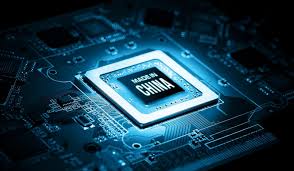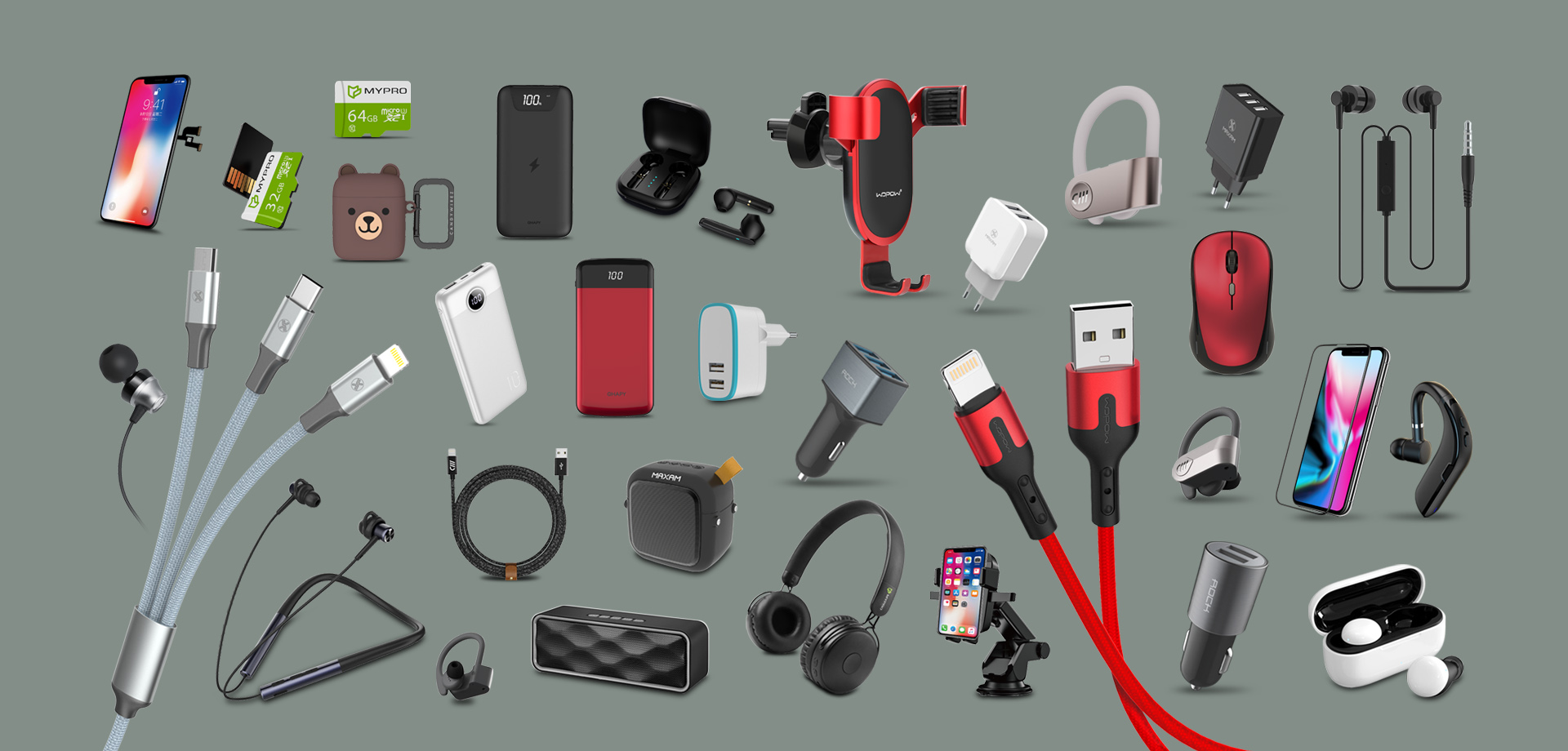In the fast-paced world of electronics, where innovation and efficiency are critical to success, custom electronic prototyping plays a pivotal role in the supply chain. Prototyping is more than just a step in product development—it’s a strategic tool that ensures your product design is functional, manufacturable, and market-ready. By integrating prototyping into the broader custom electronics manufacturing process, businesses can reduce risks, improve product quality, and streamline their supply chain operations.
This blog explores the significance of prototyping in the custom electronics supply chain, how it connects with sourcing, manufacturing, and logistics, and actionable strategies to optimize the process.
- The Basics of Custom Electronic Prototyping
Prototyping refers to the process of creating a functional, tangible model of an electronic product before mass production. In custom electronics manufacturing, prototyping ensures that the unique requirements of a product—whether in design, performance, or usability—are tested and validated before large-scale investment.
1.1 Types of Prototypes
Conceptual Prototype: Used to visualize the basic idea and identify initial design flaws.
Functional Prototype: Focuses on testing performance, hardware, and software integration.
Pre-Production Prototype: Simulates the final product, built with production-grade materials to ensure scalability.
- Why Prototyping is Critical in the Supply Chain
2.1 Risk Reduction
Prototyping minimizes risks associated with design flaws, performance issues, or manufacturability challenges. By identifying and addressing problems early, businesses can avoid costly mistakes later in the supply chain.
Example: A custom electronic device with thermal management issues can have its PCB layout modified during the prototyping phase, saving thousands in production costs.
2.2 Enhancing Communication with Manufacturers
A working prototype provides clear guidance to manufacturers, reducing misunderstandings and ensuring the final product aligns with specifications. This is especially valuable when working with sourcing agents in Asia electronics to navigate language and cultural differences.
2.3 Accelerating Time-to-Market
Prototyping speeds up the product development cycle by allowing rapid testing and iteration. This is crucial in industries like IoT or consumer electronics, where staying ahead of competitors is essential.
2.4 Streamlining Sourcing and Supply Decisions
Prototypes help identify the exact components needed for production, making it easier to work with sourcing agents to procure high-quality materials.
- The Prototyping Process in the Supply Chain
The prototyping process connects seamlessly with other stages of the custom electronics supply chain:
3.1 Design Phase
Objective: Turn ideas into detailed schematics and 3D models.
Key Tools: CAD software (like Altium Designer) for PCB design and SolidWorks for mechanical design.
3.2 Component Sourcing
Collaborate with a sourcing agent in Asia electronics to identify reliable suppliers for components.
Ensure components meet required certifications (e.g., RoHS for the EU, FCC for the US).
3.3 Prototype Assembly
Manufacturers specializing in custom electronic prototyping assemble the product, focusing on functionality and durability.
3.4 Testing and Feedback
Conduct rigorous testing to evaluate factors such as power consumption, signal strength, and user interface responsiveness.
Gather feedback from stakeholders and end-users to refine the design.
- The Challenges of Prototyping in Custom Electronics
While prototyping is essential, it comes with its own set of challenges:
4.1 Cost Management
Problem: Prototyping can be expensive, particularly for complex products with multiple iterations.
Solution: Work with manufacturers in Asia who offer cost-effective prototyping services without compromising quality.
4.2 Component Availability
Problem: Long lead times or unavailability of specific components can delay prototyping.
Solution: Collaborate with sourcing agents to find alternative components or plan for lead times in advance.
4.3 Miscommunication
Problem: Misunderstandings between design teams and manufacturers can lead to incorrect prototypes.
Solution: Provide clear documentation, including schematics, BOMs (Bills of Materials), and functional requirements.
- How Prototyping Influences the Supply Chain
Prototyping impacts every stage of the custom electronics supply chain:
5.1 Sourcing
Prototypes clarify the exact materials and components required, enabling more accurate supplier selection.
5.2 Manufacturing
Pre-production prototypes test the scalability of the design, ensuring it can be manufactured efficiently.
5.3 Logistics
Prototyping helps determine packaging requirements, weight, and size for shipping, simplifying logistics planning.
- Real-Life Example: Prototyping’s Role in a Successful Supply Chain
Client: A US-based startup developing custom wearable devices.
Challenges:
The startup needed to integrate advanced sensors into a compact form factor.
Concerns about scalability and durability arose during early design phases.
Solution:
The startup partnered with a Shenzhen-based custom electronics manufacturer for prototyping.
Through three prototype iterations, they:
Optimized sensor placement to improve accuracy.
Reduced overall size without compromising functionality.
Conducted stress tests to ensure durability.
Once the prototype was finalized, the sourcing agent in Asia identified reliable suppliers for production-grade components.
Outcome:
The startup launched the product within 8 months, with minimal revisions during mass production.
- Future Trends in Custom Electronic Prototyping
7.1 AI-Powered Design Tools
Artificial intelligence will further streamline the prototyping process by identifying potential design flaws and suggesting optimizations automatically.
7.2 Advanced Materials
Emerging materials like flexible PCBs and biodegradable enclosures will allow more innovative and sustainable prototypes.
7.3 Digital Twins
Digital twins—virtual models of physical prototypes—will enable real-time testing and iteration, reducing the need for physical builds.
- Tips for Optimizing Prototyping in the Supply Chain
Collaborate Early with Sourcing Agents: Involve your sourcing agent during the prototyping phase to identify components that are cost-effective and readily available.
Budget for Iterations: Prototyping often requires multiple revisions—allocate time and resources accordingly.
Leverage Prototyping Specialists: Work with manufacturers who specialize in custom electronic prototyping for faster and more accurate results.
Integrate Feedback Quickly: Use feedback from testing to iterate designs rapidly, minimizing delays in the supply chain.
Prototyping is the backbone of a successful custom electronics supply chain. By refining designs, reducing risks, and improving communication with suppliers and manufacturers, prototypes ensure a smoother path from concept to production.
Whether you’re working with sourcing agents in Asia or directly with manufacturers, prioritizing custom electronic prototyping will enhance product quality, reduce time-to-market, and optimize your overall supply chain.





